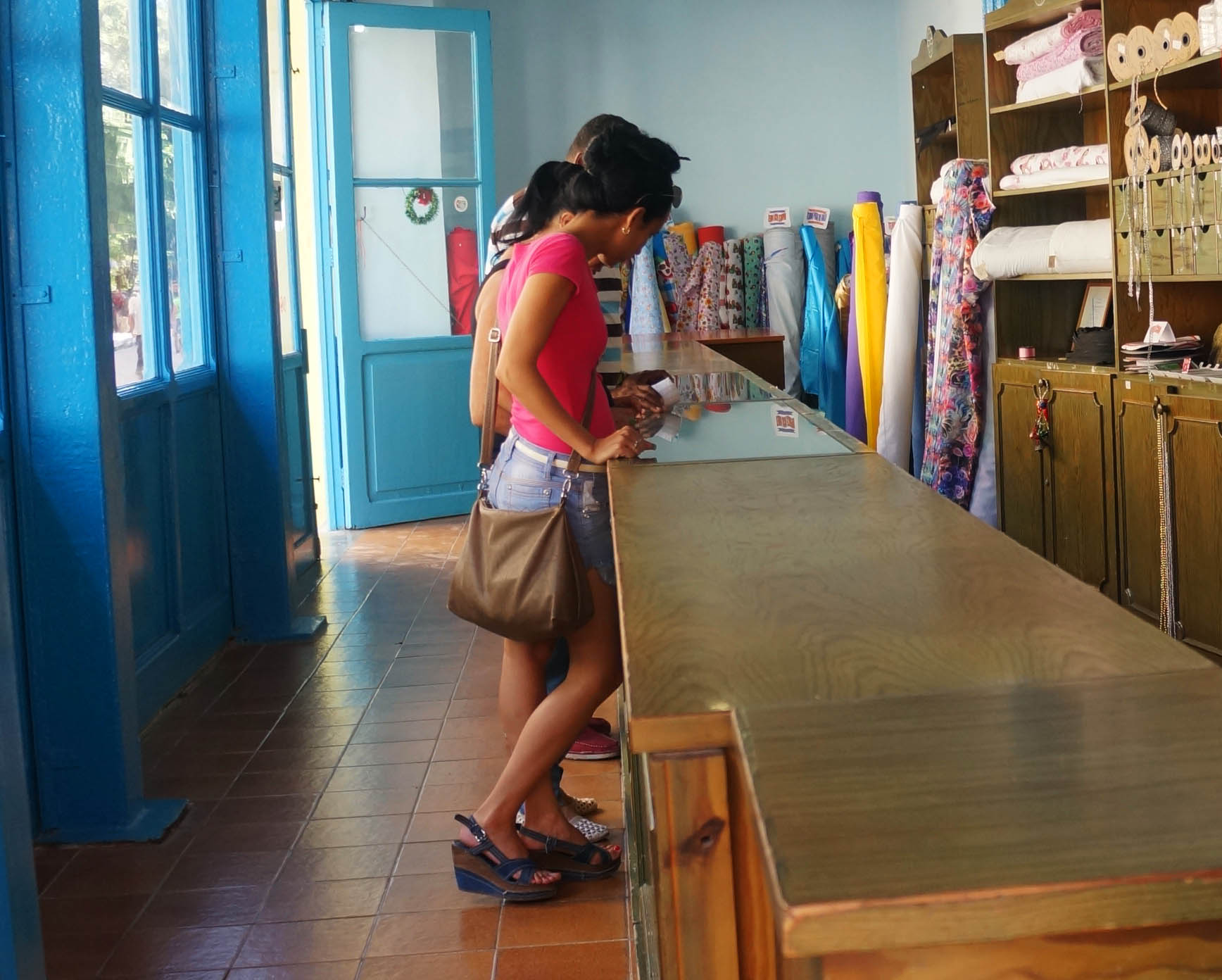
The Story of a Red Dress in Cuba

It was the kind of dress I’d always wanted to own– a form fitting red bandage dress with a plunging v-neck. Sleek, vibrant, with ribbed strips of fabric that cling to every curve.
And it was the kind of dress I’d never expected to find on a rack in a thrift store in Masaya, Nicaragua, lustfully peeping out at me in between two homely floral dresses, relics from the forgotten fashion of the 1990’s. Plus it was brand new – tags still in place.
Such a dress as this lustrous mini could surely be found on a Hollywood red carpet or perhaps seated in a matching convertible, cruising the streets of Los Angeles, but not here in this dusty town, known only to few travelers for its churches, artisan market and proximity to Masaya volcano.
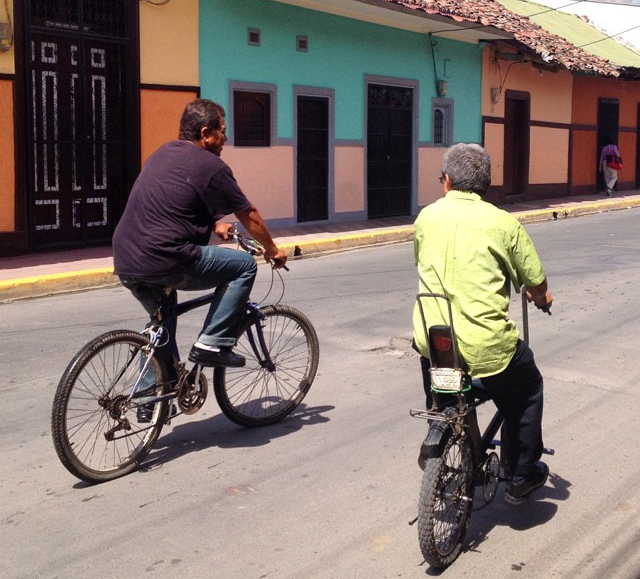
But so it was, and when I saw it I fell in love immediately, grateful that I did not pop into this Ropa Americana in vain. The Central American shopping scene is dotted with Ropa Americanas, stores that sell imported clothing from the United States – often name brands – for incredibly low prices.
This red number was also the type of dress I’ve always wanted to feel comfortable wearing, but probably never will. I come from a long line of conservative dressers. Though I can’t recall if my mom ever stated it outright, I grew up knowing that clothing items such as bikinis and spaghetti strap tank tops were strictly off limits. It was a fact I never questioned or argued but willingly accepted. This coming from my mother who was refused the right to wear go go boots in the height of 1960’s fashion by her even more conservative Nebraskan parents.
I’ve been living on my own for going on a decade now and have had ten years to dress how I please, so I can’t exactly blame my upbringing for my fashion choices, but these ideals do still burn in the back of my head. I want to be valued for my mind, not my body. Plus, I’m curvy and I don’t usually feel comfortable if I’m showing too much skin. Having curves means if you wear some of the same clothes your stick thin friends do, certain things pop out and you get called out for being overly sexual.
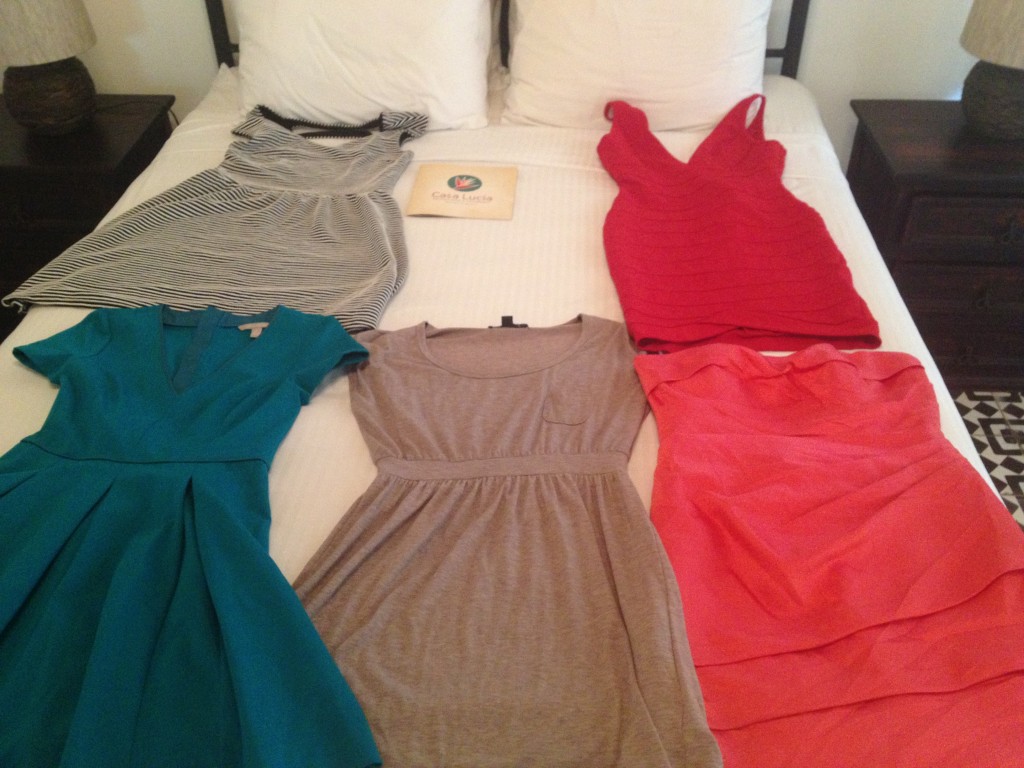
There was one other problem with the dress beyond its already skimpier-than-I’m-used-to design – it was a size too small. In the still air of the claustrophobic dressing room it was clear the fabric lay too tight around my hips and too small over my chest. But it cost $5 and is stunningly gorgeous, and so I bought it along with four others at that shop for a total of $30.
I quickly found occasions to wear my four other purchases. I wore the brown brandless dress the very next day as I toured the sights of Granada. On my first day in Nicaragua I wore pants and long sleeves in attempts at warding off catcalls, but my efforts made no noticeable difference and the heat was unbearable so the next day I shed as much clothing as possible and toured around in this dress.
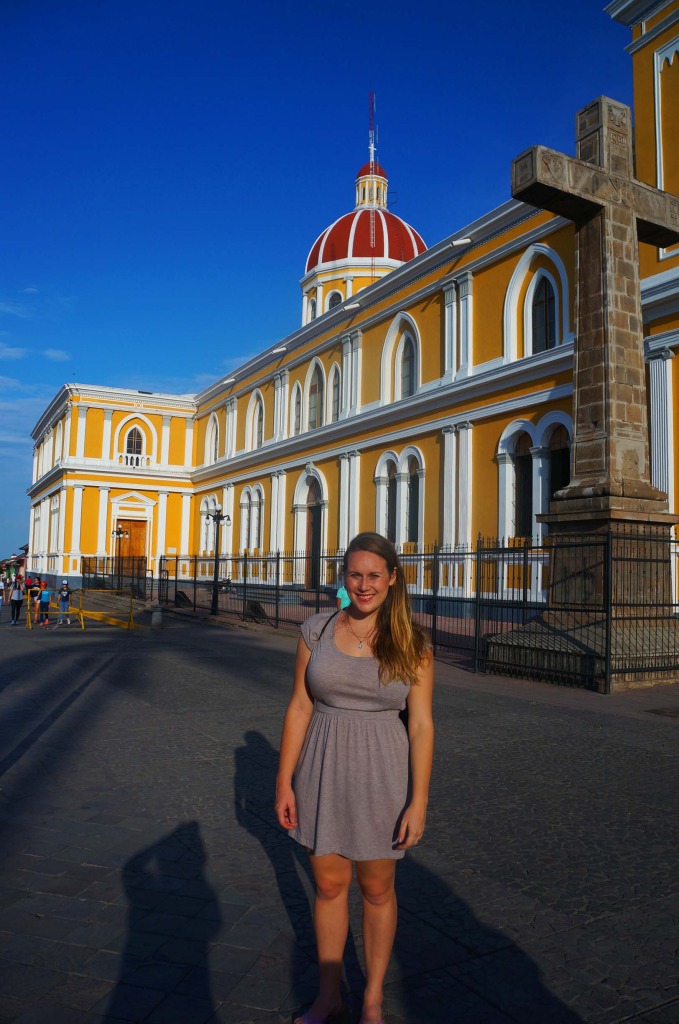
I wore the pink strapless David’s Bridal purchase to my cousin’s wedding in Berkeley, and clicked around Malibu in the Target brand black and white stripped piece. The aqua one from Banana Republic I wore to dinner a few times and wore it in a classic car in Havana.

But the red dress I saved, months passing as, tags intact, I waited to magically slim down in all the right places so it would fit right, and for the perfect occasion to wear it out.
I took it to Cuba.
Why I took such an extravagant dress that didn’t fit properly on a three-day trip to Cuba can only be justified by the fantasy that played through my 27-year-old mind in the nights before the day of my voyage finally arrived.
On my trip I was to spend one night at the glamorous Hotel Nacional de Cuba, which has hosted such guests over the years as Frank Sinatra, Kate Moss and Leonardo di Caprio. Should I happen to strike up a conversation with any such celebrities while sipping mojitos in the lobby bar and get invited to join them at an elite club I would need such a dress to wear. The night before I left for Havana I tried on the dress again in hopes I had shrunk to fit its size. This was not the case.

I took it anyway, hoping that maybe it wouldn’t matter that the dress was too small. Maybe in a place like Cuba I wouldn’t feel its fit to be provocative and I would transform into someone I’ve never been before – a woman who could wear such a dress without reservations.
Everything about this fantasy is diluted, I know, but there you have my confession about why I brought it with me to Cuba (rest assured, the dress took up very little space in my suitcase).
What was perhaps most off about my fantasy is a fact I thought I knew but didn’t really understand before visiting – Cuba is a communist country. Before I visited I had some misguided impression that Havana’s elite spent their nights smoking cigars and drinking mojitos in dimly lit bars, making business deals and debating the government.

I’m pretty sure Karl Marx would roll in his grave at this image, because the thing about communism is that at its very roots it is driven by the principal of equality. There is no mojito-drinking, cigar-smoking elite class flooding the streets of Havana.
Sure, there is still a wealth gap in Cuba, but it doesn’t compare to most other countries in the world. In Cuba most people live on the same economic level. And it is a low level with an average salary of $19 a month. And when you make $19 a month you don’t go out to restaurants or bars or clubs where a gringa in a red bandage dress would be part of the scene.
Sometimes I can be incredibly simpleminded in my thinking.
I learned these lessons about Cuba’s economy and culture on a tour of Havana with a female tour guide who is just a year younger than me. In my aqua dress with a pleated skirt I walked through the streets with her and she gave me an overview of the island’s rich history, from Spanish rule to American influence and corruption in the 1950’s to the revolution and the reforms that have occurred since.
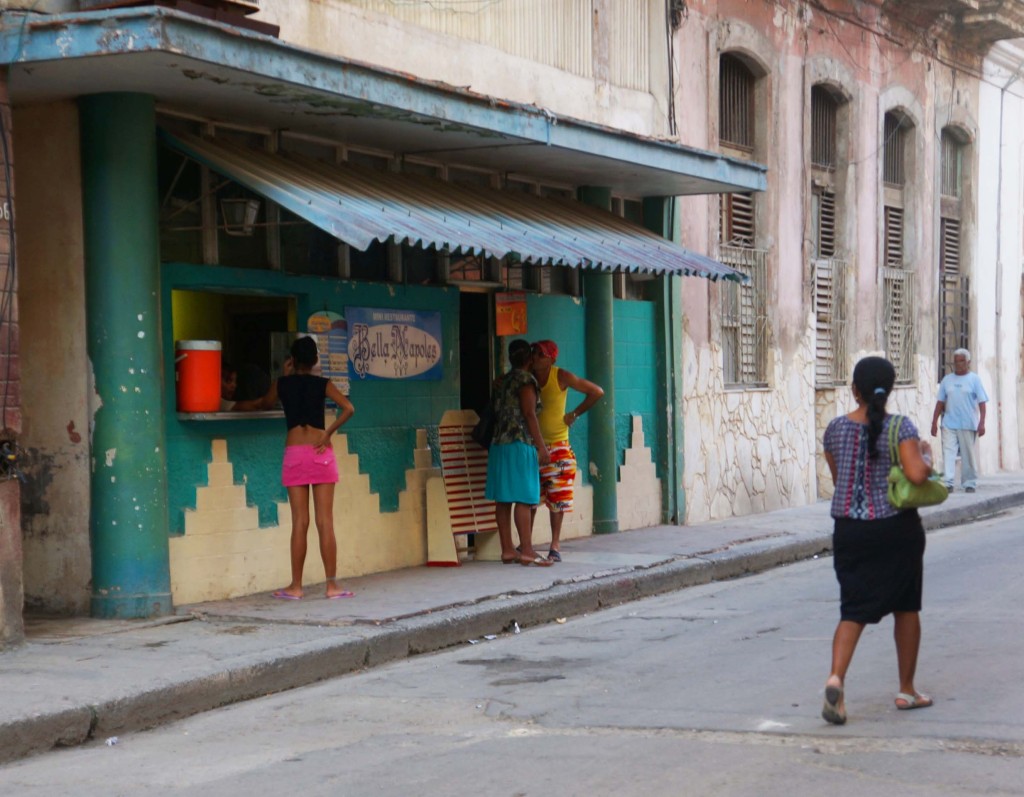
In 1959 when “the revolution triumphed,” as Cubans are apt to word it, all businesses were nationalized. Up until five years ago when Raul Castro took over the presidency there were no private businesses in Cuba. Laws have since loosened, but it is still prohibited for private businesses to sell items that were not made in Cuba. This means private restaurants cannot import spices and stores can’t sell clothing from overseas.
Because of this, Cubans have very little access to the name brands that so dominate many places in the world. It also means that even if my tour guide had money to buy the dress I was currently wearing, she wouldn’t be able to, because, apart from the black market, such brands aren’t sold in the country.
This really shocked me. I’ve never been to a country where this is the case. Even in El Salvador there is a Simon Mall that offers the same name and luxury brands so prevalent in the United States and Europe.
Sure, from an American perspective such a set of laws seem like an incredible breach of freedom, but the reality is not so black and white. There are both positives and negatives to a communist society, and I cannot begin to claim that I understand all of the complexities. I can only say that learning about my tour guide’s lack of access to dresses in Cuba made an impact on me.
I asked her if it made her sad to see tourists like me in fancy clothes fill the streets of her city.
“No,” she replied very sincerely. “But sometimes I see foreigners in the street and I think, ‘oh what a pretty dress.’”
I worry my words might be coming off as materialistic. I know that a person’s happiness, or the decency of a country’s government cannot be judged by what dresses they sell. Material possessions are a superficial way to value a society.
But material possessions do connect us. A shoe on display at Auschwitz may not explain the Holocaust. A ceramic pot at the Gila Cliff Dwellings in New Mexico may not explain Pueblo culture. A lack of dresses in Cuba certainly does not explain communism. But these material objects are a thread that connects humanity. They provide something we can relate to, opening a small window that can broaden our understanding, if just a little bit wider. My love for dresses deepened my understanding of communism in Cuba.
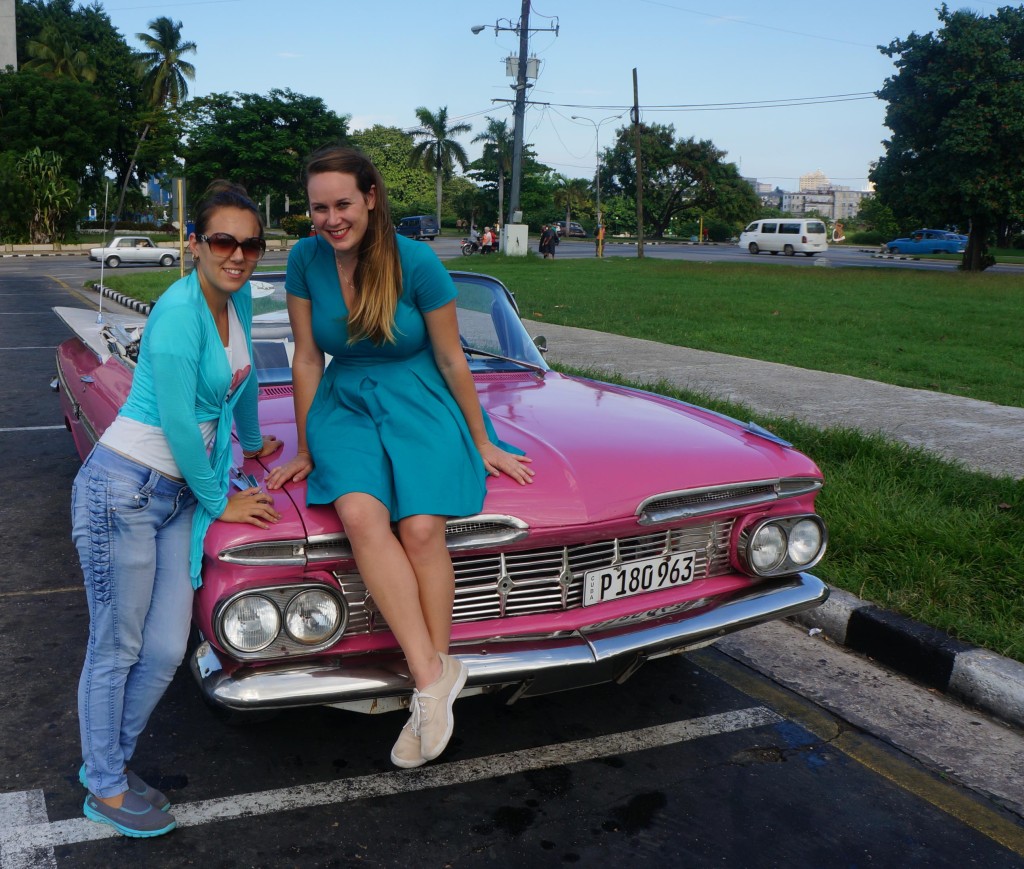
While we walked the streets my mind was absorbed with listening, soaking up as much knowledge and insight as I could. The second portion of our tour was a ride to the Havana Forest in a classic car. Sitting in the front row of a pink, 1950’s Chevy, we sat in silence and I became absorbed with my thoughts. And as we sped past the National University in Havana one thought singled out from the rest and became very loud and clear – the red dress was never meant for me. I am just its carrier. It was meant for this woman behind me all along.
As our tour came to a close I asked my guide if I could give her a gift. I didn’t want to insult her by offering her my second-hand dress, but we had developed a strong bond and it seemed appropriate. Plus, she’s smaller than me and I had a feeling it would fit her perfectly.
In the lobby of the Hotel Nacional de Cuba I opened up my suitcase and pulled it out. Her eyes widened with admiration just as mine did back in the thrift shop in Nicaragua as she held it up and graced her fingers over the ribbed detail.
“Oh, it’s beautiful,” she whispered. “This fabric! I will wear it when I go out with my boyfriend someplace special and I will send you a picture,” she said.
A month later, a photo of her in the dress popped up in my Facebook news feed. It fit her perfectly, hanging in all the right places the way it never would have on my frame. Paired with black heels and a handbag, she looked so beautiful she could be a model.
The caption on the photo read “proposal day,” and the very next photo was of her with her fiancé flashing a diamond ring.
No, this red dress was never meant for me, but I was always meant to find it and take it to Cuba.
Sorry, the comment form is closed at this time.



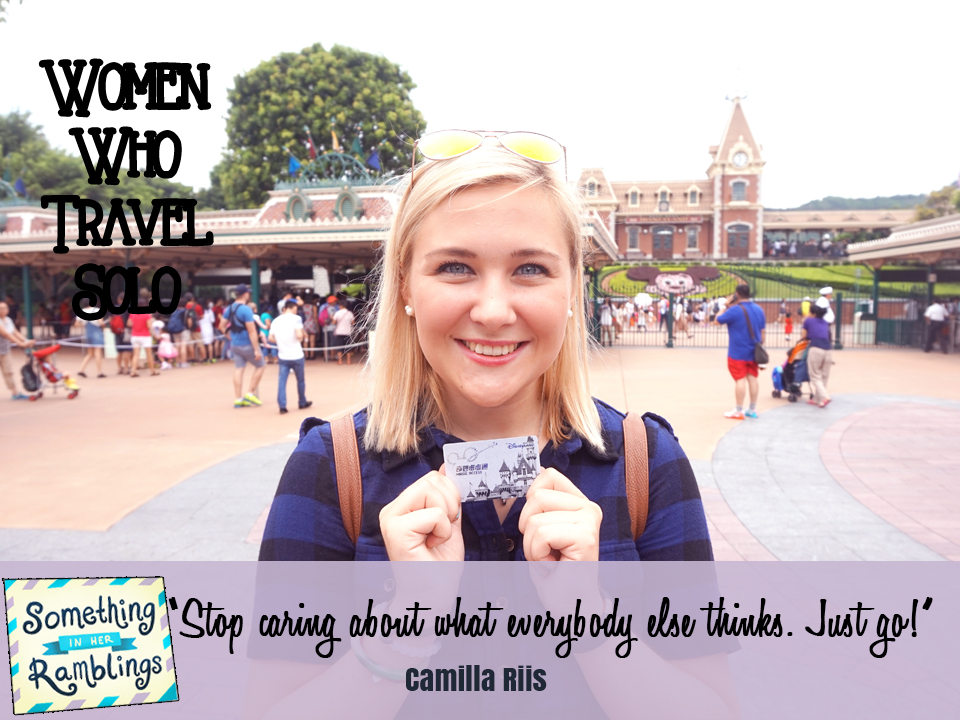
Petra
Such a beautiful story. I really enjoyed reading about this experience and I love how one dress affected two women in very profound ways.
Lauren
I’m so glad to read that you enjoyed this post. It was written from the heart! Thanks for stopping by to let me know. 🙂
Lynn M
What a wonderful tale of the $5 amazing red dress. I can totally relate to this story and how a piece of clothing can make you feel. Remember the sheath dress hanging in the closet with the tags on that marked my size just before I got married. It fit you like a glove. Do you still have it? It would be nice to see it has traveled the world with you, saved from a life of hanging in a closet filled with wishful thinking. As always enjoy reading your blog Lauren.
Kaz
So nice of you to give her the dress. Isn’t it funny how clothes can make you feel.
Lauren
Thanks for reading! Clothes definitely have a lot of power!
Ted Haines
That truly is a very touching story Lauren. Thanks for sharing. Did you get an invite to the wedding?
Lauren
Thanks Ted! Glad you enjoyed it.
Lea Ann
What a beautiful story! Thank you for writing it.
Lauren
Thank you for reading!
DANDYDAN
Ever pretty Lauren with a beautiful adventures.